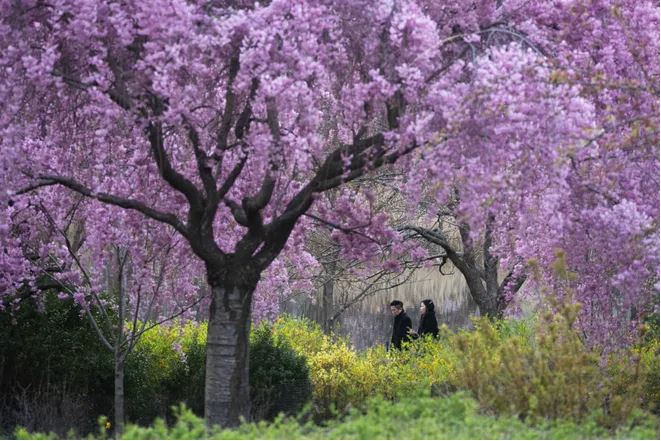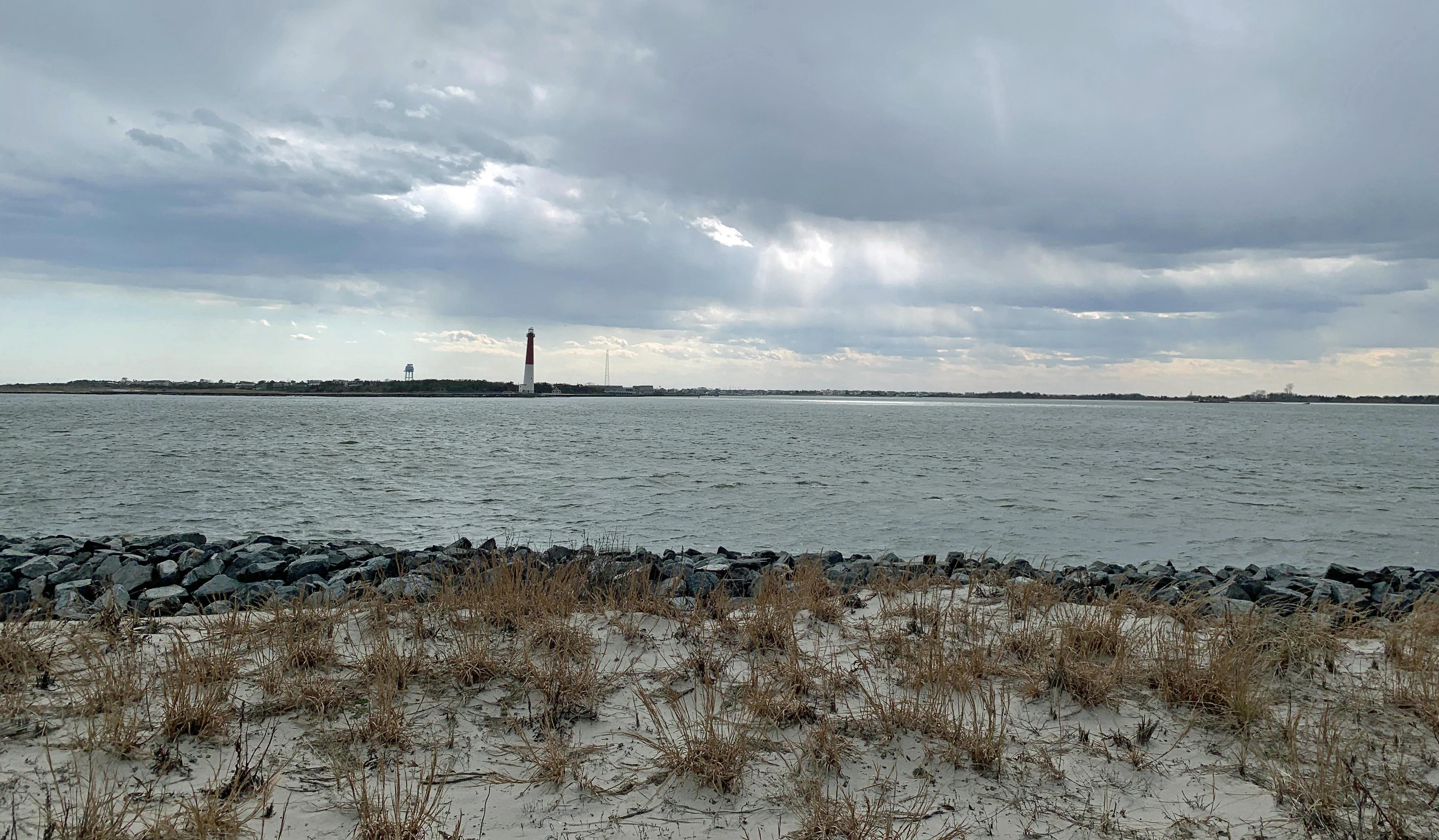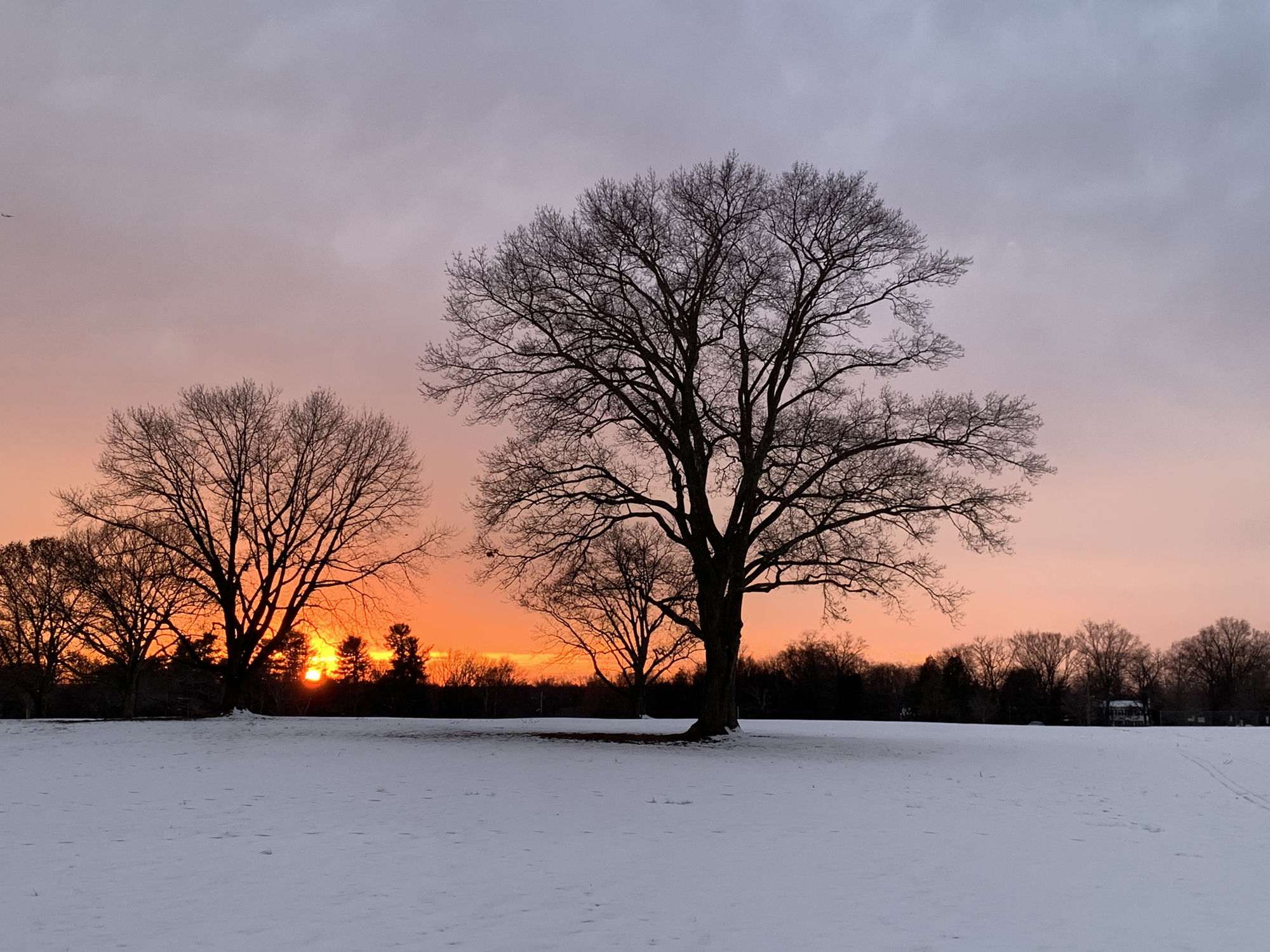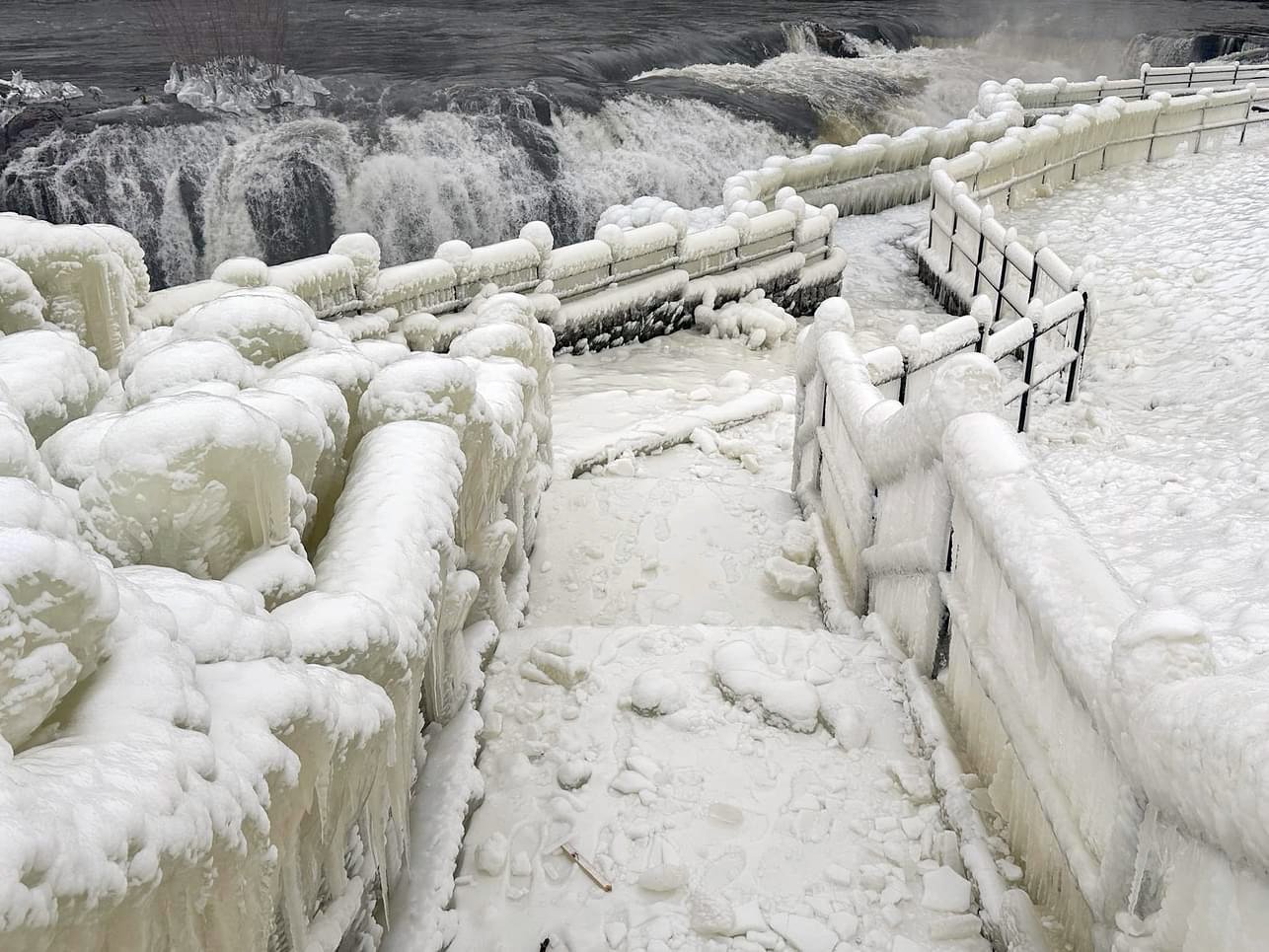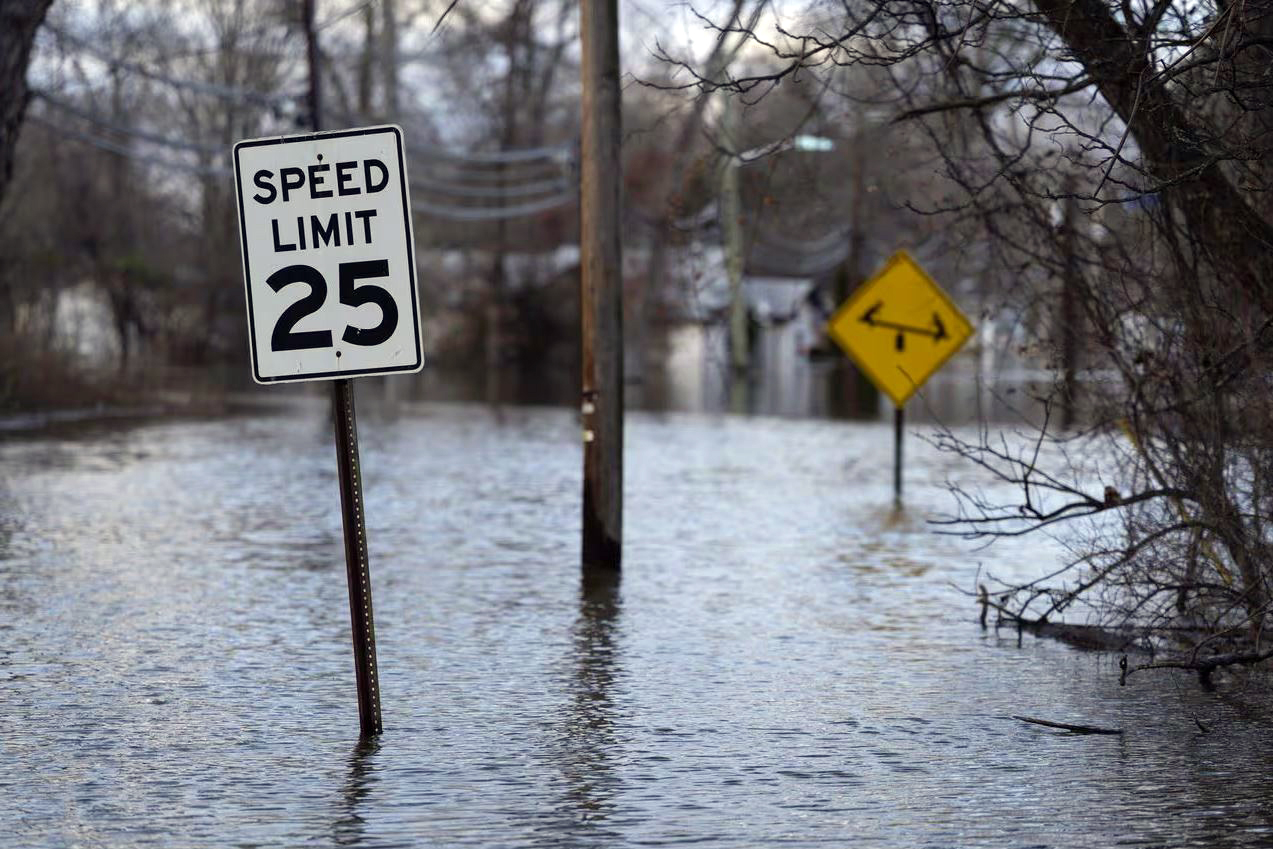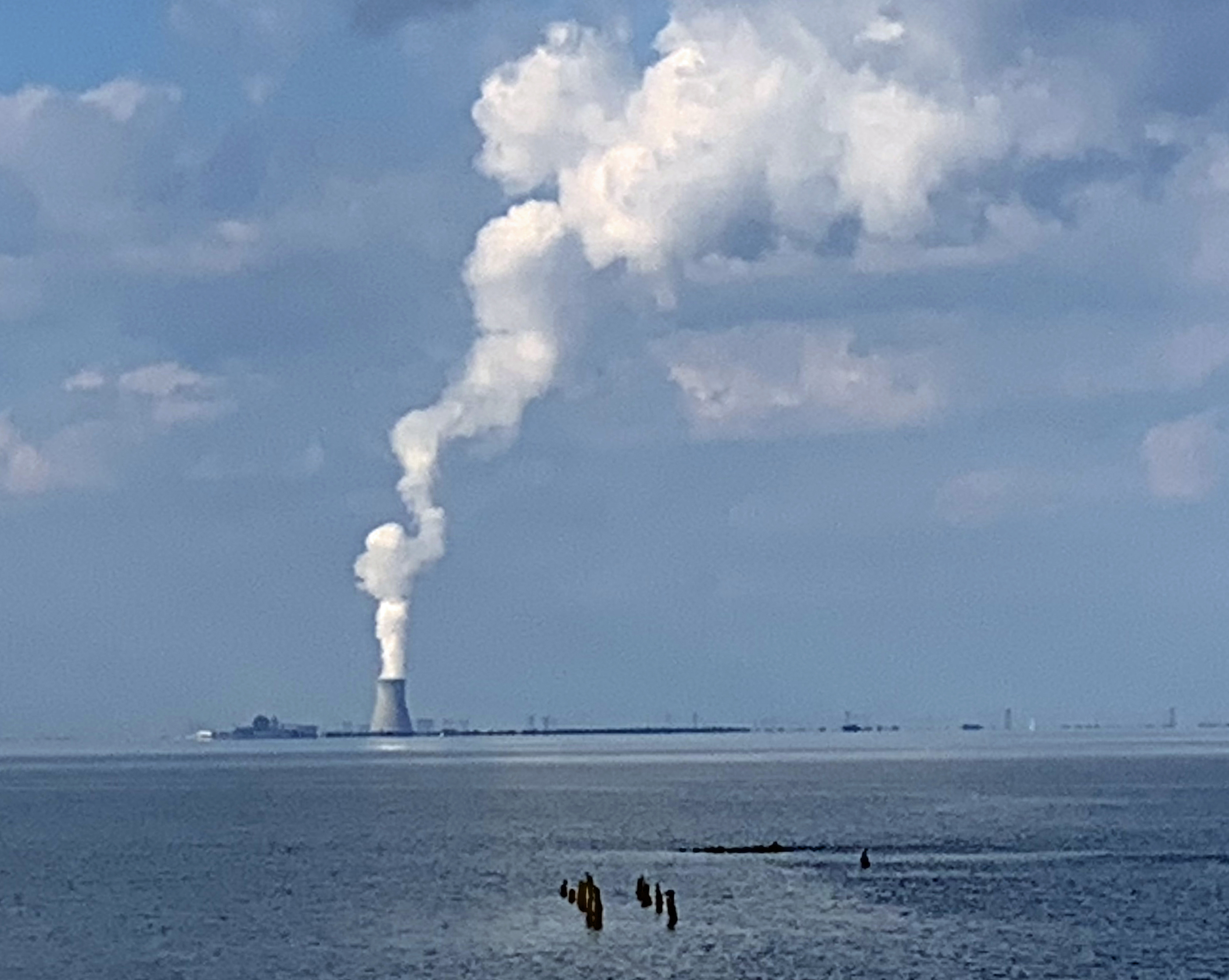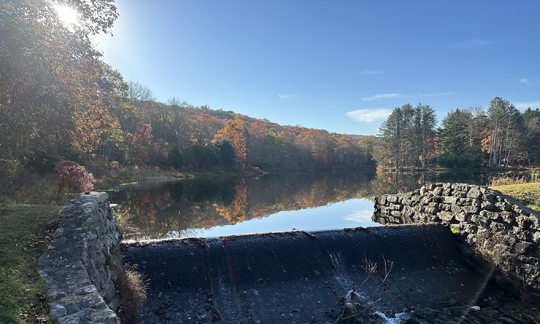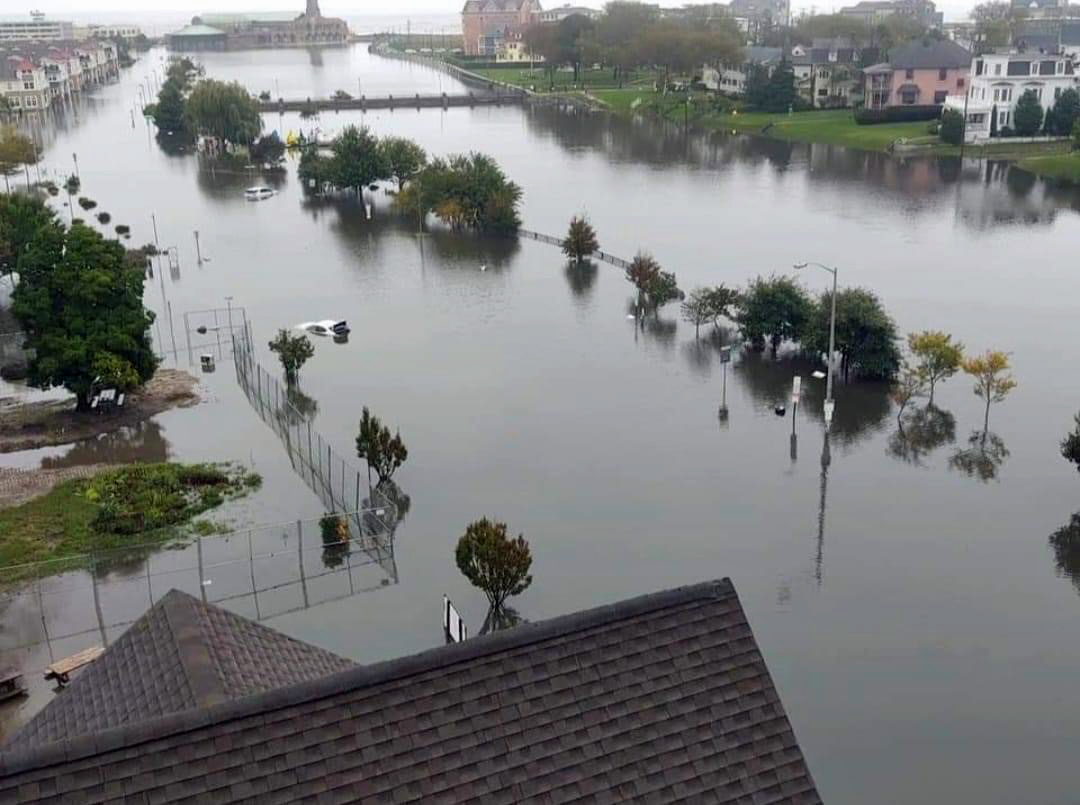A Little of This, a Little of That/Mild and Damp: May/Spring 2024 Recaps
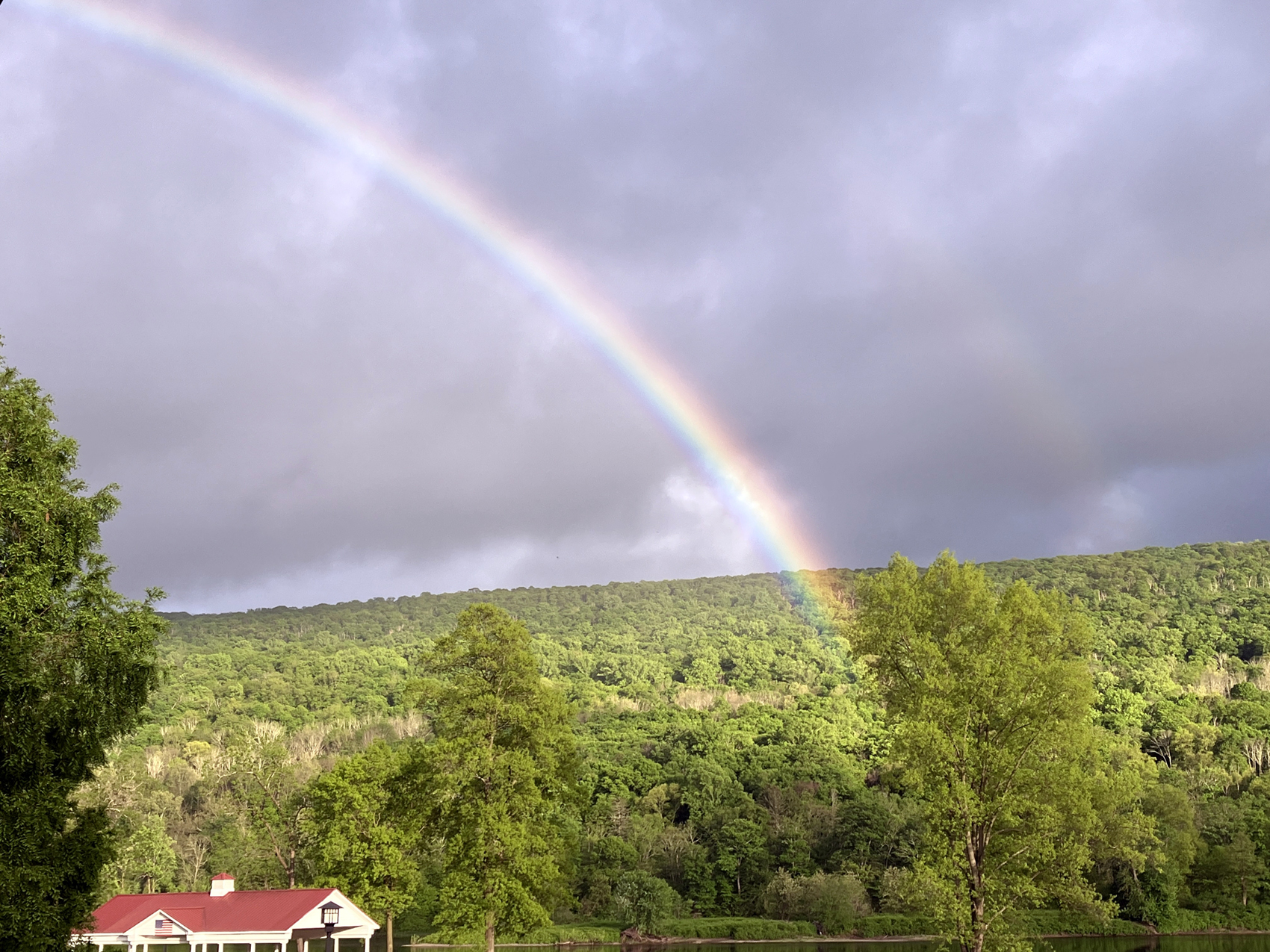
As spring turns to summer, all in Jersey can be pleased that water supplies are in good shape. Also, while it took some time to become established, by late May, warmer temperatures brought out summer wardrobes. Spring (March–May) conditions will be covered later in this report, but first a look at May. As the title of the monthly portion of this narrative suggests, May 2024 never established a consistent atmospheric pattern. There were plenty of episodes where light to moderate showers dotted the state, but never a broad soaker. Temperatures fluctuated on a weekly basis, without a persistent leaning until warmth prevailed later in the month. Put it all together and May ended on a green note born of somewhat below-normal precipitation and above-normal temperatures. The statewide average temperature of 63.9° was 2.7° above the 1991–2020 normal. This ranks as the 11th mildest May dating back to 1895. This anomaly was driven by elevated minimum temperatures that averaged 54.0° which is 3.8° above normal and ranks as the 4th warmest on record. This no doubt due to persistent nighttime cloud cover. The average high temperature of 73.7° was 1.4° above normal, ranking 35th warmest. The northern climate division averaged 63.0° (+3.1°, 7th warmest). Across the southern division the average temperature was 64.5° (+2.3°, 13th warmest). The coastal division averaged 63.1° (+2.1°, 11th warmest).


